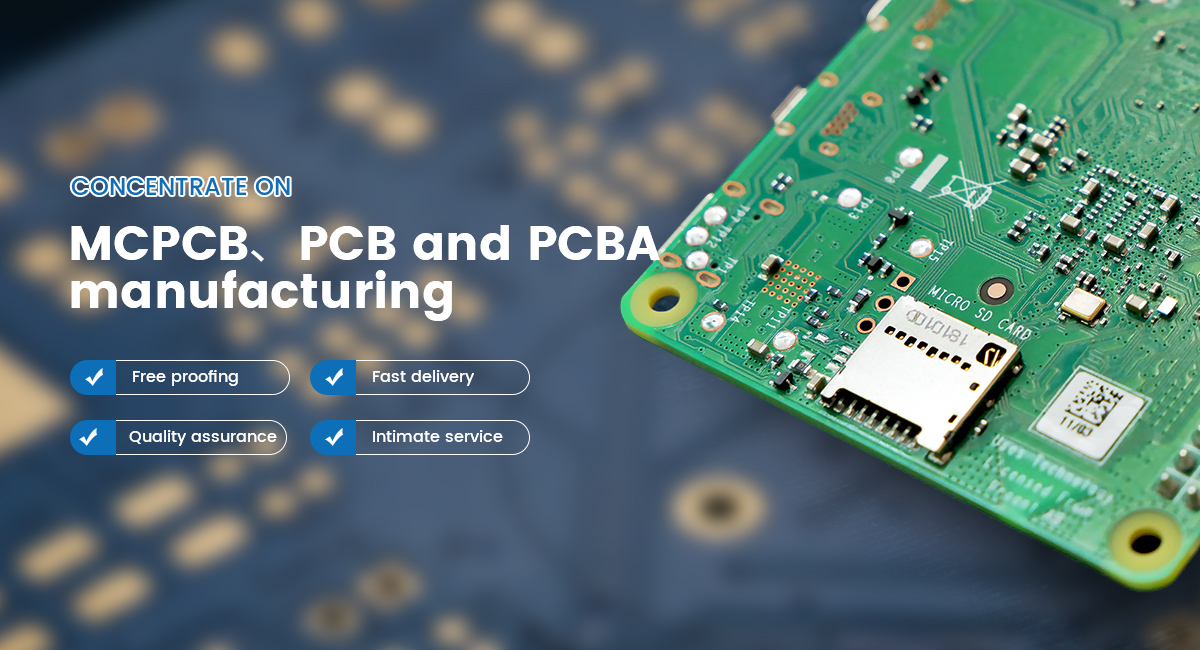Time:2022-12-16 Visit:
The so-called circuit board gold finger refers to a row of square bonding pads arranged at equal intervals, exposed copper and plated with gold. It is mainly used for electrical connection pins connecting boards, LCDs, mainboards, chassis, etc., because a thin layer of gold is plated on the copper foil nickel coating.
1、 Definition and function of PCB gold finger:

GoldFinger: (GoldFinger or EdgeConnector) insert one end of the PCB into the connector slot, use the connector pin as the outlet of the external connection of the PCB, make the pad or copper sheet contact with the pin at the corresponding position to achieve the purpose of continuity, and coat the pad or copper sheet of the PCB with nickel gold, It is called golden finger because of its shape. Gold was chosen because of its superior conductivity, oxidation resistance and wear resistance. However, because of its high cost, gold is only used for local gold plating such as golden finger.
2、 Classification and recognition characteristics of circuit board gold finger
Golden finger classification of circuit boards:
1. Regular golden finger (flush finger);
2. Segmented golden finger (intermittent golden finger);
3. Long and short golden fingers (that is, uneven golden fingers).
Gold finger circuit board with different lengths
1. Regular gold fingers (flush fingers): rectangular pads of the same length and width are arranged at the edge of the board. The following figure shows that there are many gold fingers for objects such as network cards and video cards, while there are few gold fingers for some small boards;
2. Segmented gold finger (discontinuous gold finger): rectangular pads with different lengths at the edge of the plate, and the front section is disconnected;
3. Long and short gold fingers (i.e. uneven gold fingers): rectangular pads with different lengths at the edge of the plate.